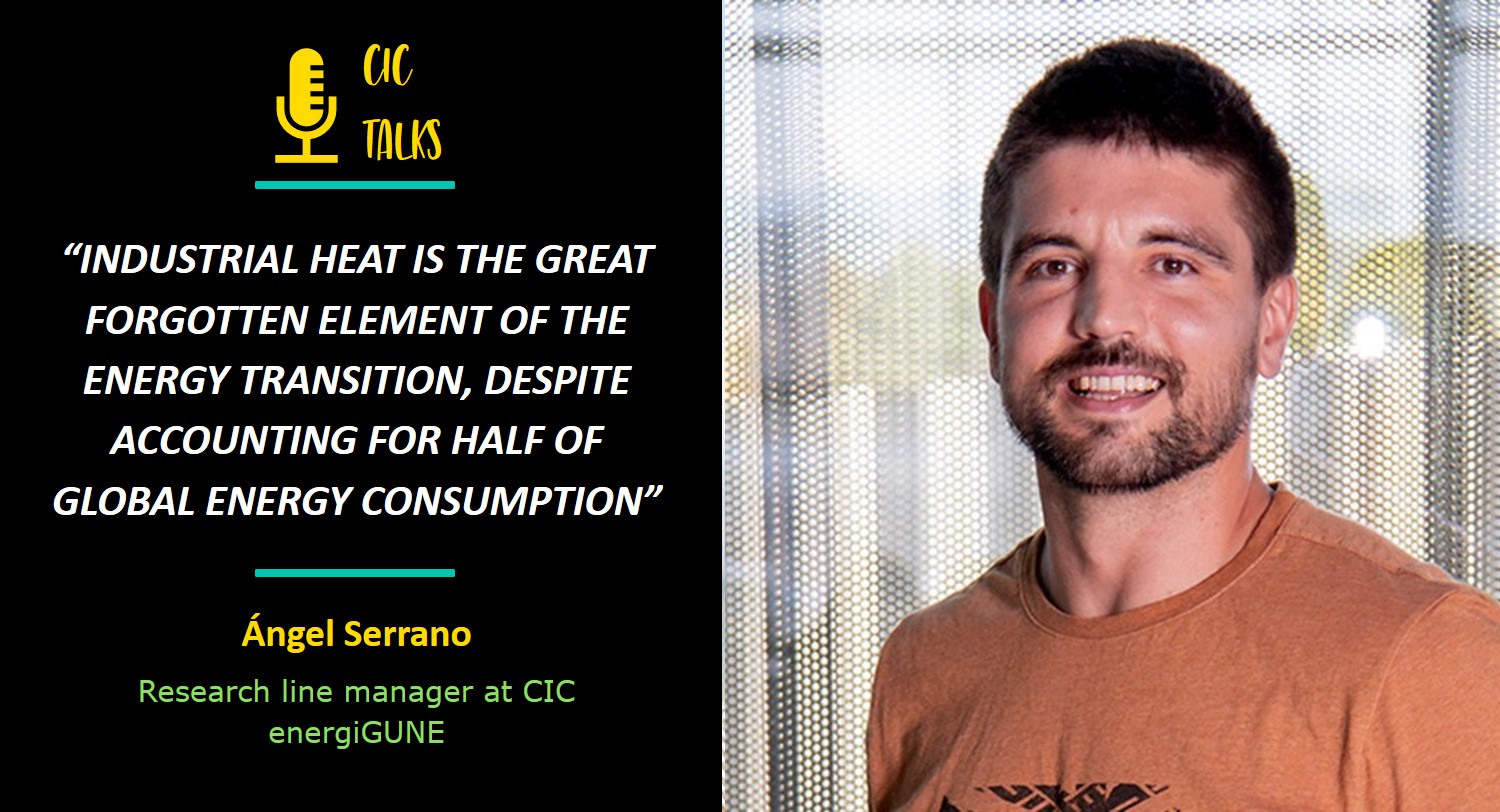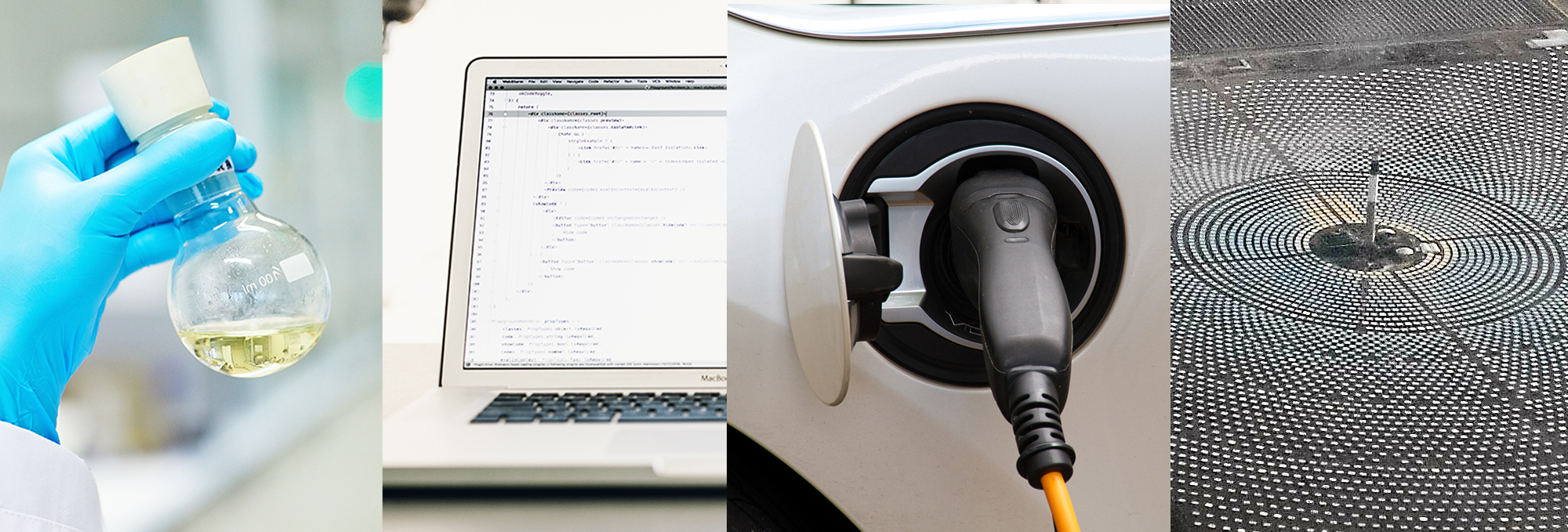

Industrial heat is the great “forgotten” element of the energy transition. While electricity and transport are often discussed, half of the energy we consume globally is used as heat, and most of it is still generated from gas or coal.
This heat is essential for sectors such as chemicals, food, paper, cement, and steel, and represents the main source of CO₂ emissions in industry.
Moreover, 75% of industrial heat is below 500 °C — a range where viable electrification solutions already exist, such as heat pumps, electric boilers, or electrothermal energy storage (ETES) systems, which are emerging as one of the most promising technologies for industrial decarbonization.
ETES (Electrothermal Energy Storage) systems are technologies that convert electricity into heat, store it in a solid or liquid medium, and deliver it on demand.
This makes them a strategic tool to replace fossil fuels in industrial processes, while also helping to balance electrical grids and maximize the use of available energy.
Their great advantage is flexibility: they can absorb electricity when it is cheap or abundant — for example, during periods of high renewable generation — and release that heat later with high efficiency. This supports demand management, reduces grid congestion, and acts as a key asset for system stability, while advancing industrial electrification.
The most technologically mature ETES systems are based on sensible heat storage, where electric conversion occurs via the Joule effect — using resistors that transform electricity into heat.
These resistors can be internal, integrated into the storage medium itself (more compact and thermally efficient but exposed to higher thermal stress), or external, easier to maintain but occupying more space and with minor integration losses.
The storage medium can be solid or liquid, typically rocks, refractories, concretes, or molten salts — chosen for their availability and thermal stability.
Current trends aim for operation above 1,000 °C, increasing energy density since sensible heat storage requires a wide temperature gap to store large amounts of energy.
Discharge usually provides useful heat (hot air or process steam), though some designs enable reversible cycles (power-to-heat-to-power), albeit with lower efficiency than direct heat use.
ETES development is advancing rapidly, but large-scale deployment still faces technological, economic, and regulatory barriers.
Technologically, the challenge lies in ensuring the durability and stability of materials at very high temperatures, and in deploying pilot and demonstration projects to validate real-world performance and build industrial trust.
Economically, the main obstacle remains the high initial investment, especially for extreme-temperature systems requiring advanced insulation and auxiliary components.
From a regulatory and financial standpoint, there is still a lack of recognition of ETES as storage or flexibility assets, limiting their access to incentives, reduced tariffs, or capacity markets. Europe is taking steps, but a clear framework is still missing to accelerate investment and reduce financial risk.
Overcoming these barriers is key for ETES to unlock its full potential as a competitive and strategic solution for industrial heat decarbonization.
In the short term, as demonstration projects grow, high-temperature ETES will consolidate as an essential solution for decarbonizing industrial heat. Their penetration will increase as reliability and economic potential are proven — a process that will accelerate once regulatory barriers are removed and ETES are recognized as energy storage and flexibility assets.
In the medium term, we expect a qualitative leap with more compact and cost-effective technologies, such as latent heat systems, which store the same amount of energy at lower temperatures (around 600 °C). These reduce costs related to extreme conditions, minimize material stress, and extend component lifespan.
Together with design standardization and industrial-scale manufacturing, this will broaden ETES adoption across industrial sectors and solidify its role as a cornerstone of clean, flexible, and competitive heat.
CIC energiGUNE has extensive experience in thermal energy storage and strong expertise in designing and improving materials for a wide temperature range.
The center develops advanced material solutions that overcome current ETES limitations — enabling new configurations such as latent heat storage or direct conversion strategies, aimed at improving compactness, efficiency, and competitiveness.
This work relies on multiscale modeling capabilities (from atomistic to system level), advanced characterization platforms, and testing infrastructures to validate materials under relevant conditions and speed up real-world integration.
Through collaborative projects with companies and international consortia, CIC energiGUNE promotes sustainable, cost-effective solutions that enhance performance, reduce costs, and shorten time-to-market.
Thus, the center acts as a bridge between scientific knowledge and industrial application, driving ETES technological maturity and its consolidation as a real alternative for industrial heat decarbonization.

If you want to know the latest trends in energy storage and new developments in research, subscribe.

If you want to join a top-level team, collaborate with specialists in multiple disciplines or tell us about your concerns, don't think twice...